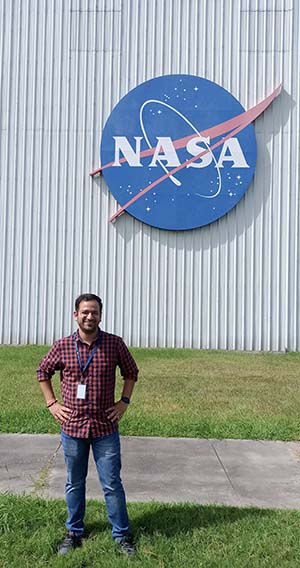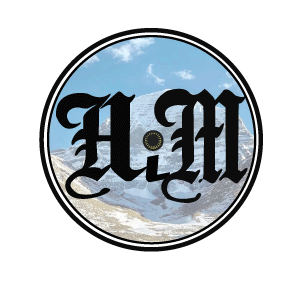ROORKEE: Indian Institute of Technology Roorkee research scholar Mr. Prateek Tripathi was selected to contribute to the National Aeronautics and Space Administration’s (NASA) prestigious Artemis Program.
It is a highly selective annual 10-week summer intern program for graduate student researchers to work on activities supporting Artemis missions to the Moon.
The Lunar and Planetary Institute (LPI) and NASA hosted the program, which was held from 31st May to 5th August 2022.
The visit was funded by the Universities Space Research Association (USRA).
Mr. Prateek Tripathi, a research scholar (Geomatics Engineering Group, Civil Engineering Department) working under the supervision of Prof. Rahul Dev Garg, IIT Roorkee, won one among the only five fellowships awarded from more than 300 applications received for this year’s program.
During his visit, Mr. Prateek Tripathi worked with an international team of researchers from Spain, the United Kingdom, and Dominica and assessed three potential landing sites in the Lunar south pole.
He was supervised by the highly experienced senior lunar scientist Dr. David Kring of LPI.
Sharing his experience of working at NASA, Mr. Prateek Tripathi, Research Scholar, IIT Roorkee, said, “It was a great experience working with senior lunar scientist Dr. David Kring of LPI. I am also thankful to IIT Roorkee for providing me an opportunity to work in the field of the mineralogy of Earth, Moon, and Mars.”
Prof. Ajit Kumar Chaturvedi, Director, IIT Roorkee, said congratulated both Prateek for his achievement. Prof. Rahul Dev Garg Prateek is dedicated to his work and richly deserves this opportunity.
“I am sure he will apply in India, his learnings at NASA so that the nation can benefit.”
The work done by Mr. Prateek evaluates parameters such as slope, temperature, illumination, and walking time for probable traverse plans from the landing sites to Permanently shadowed regions (PSRs).
These PSRs contain a fossil record of hydrogen, water ice, and other volatiles dating from the early Solar System.
Their investigation is of particular interest to scientists, forming a core objective of NASA’s Artemis III mission.
As per the findings of his work, the astronaut can travel to and fro from the landing site to an accessible PSR within 2 hours.
It is also noteworthy that accessible PSRs have all-year temperatures well above the lowest ever temperature recorded on Earth.






